Art and culture

Henri Cartier-Bresson
Behind Saint-Lazare Station, Plaza de Europa, Paris, France,1932
© Henri Cartier-Bresson/Magnum Photos
Henri Cartier-Bresson. Watch! Watch! Watch!
– 25
Photo Arsenale Wien (Vienna, Austria)
Timeless. Observant. Instinctive.
Henri Cartier-Bresson (1908 – 2004), was a photojournalist, artistic photographer and portraitist, he crafted timeless compositions and shaped the style of later generations of photographers. In 1947, he founded the Magnum photo agency alongside Robert Capa, George Rodger and David “Chim” Seymour.
A patient and silent observer, yet nimble and expeditious, the artist captured scenes of people and key events in 20th-century history, earning him the nickname “the eye of the century”. With his talent for finding the “decisive moment”, he captured spontaneous encounters and situations and became one of the most important representatives of street photography. His works, many of which have become iconic today, depict, as if he were an anthropologist, some of the most important events of the 20th century.
With a diverse and varied oeuvre, the exhibition presented by Fundación MAPFRE traces his entire career; from his beginnings, influenced by Surrealism and the New Vision, through photojournalism, where some of his lesser-known reports from the 1960s are particularly noteworthy, to the intimate style of his later years.
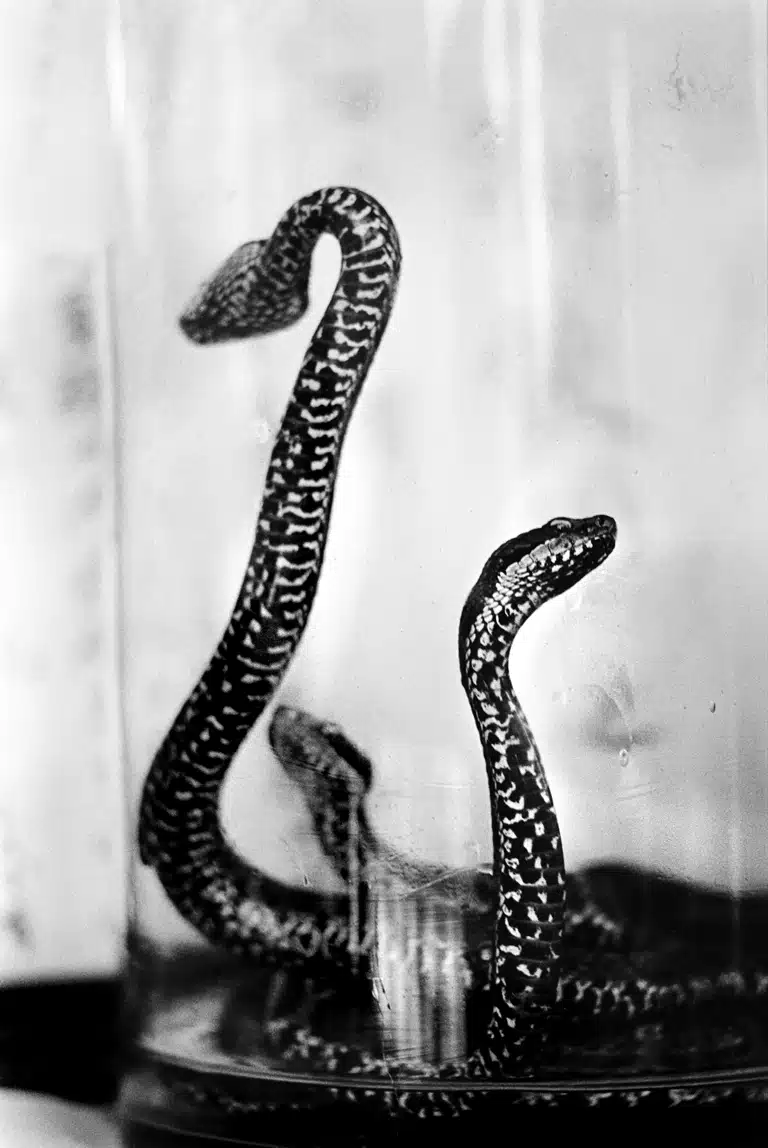
Christer Strömholm
Tokyo, 1961
© Christer Strömholm Estate
Christer Strömholm
– 30
Fundación Tony Catany (Llucmajor, Mallorca)
Humanism. Commitment. Social document.
In Mallorca, Fundación MAPFRE is presenting a retrospective exhibition on the photographer Christer Strömholm (Stockholm, 1918-2002), one of the most emblematic European photographers of the post-war period, whose work, imbued with humanism and social commitment, has a certain documentary character.
From a very young age, Strömholm traveled extensively around the world. After the war, in 1947, he returned to Paris, where he realized that photography allowed him to express himself in line with his desired style. From that moment on, he never stopped taking pictures. In his own words: “I don’t take photographs, I create images. That’s what I’ve done all my life.”
Strömholm finds valuable messages in everything, even in the most humble of objects, to which he gives meaning and resonance through his photographs, which are simply an extension of his own life.
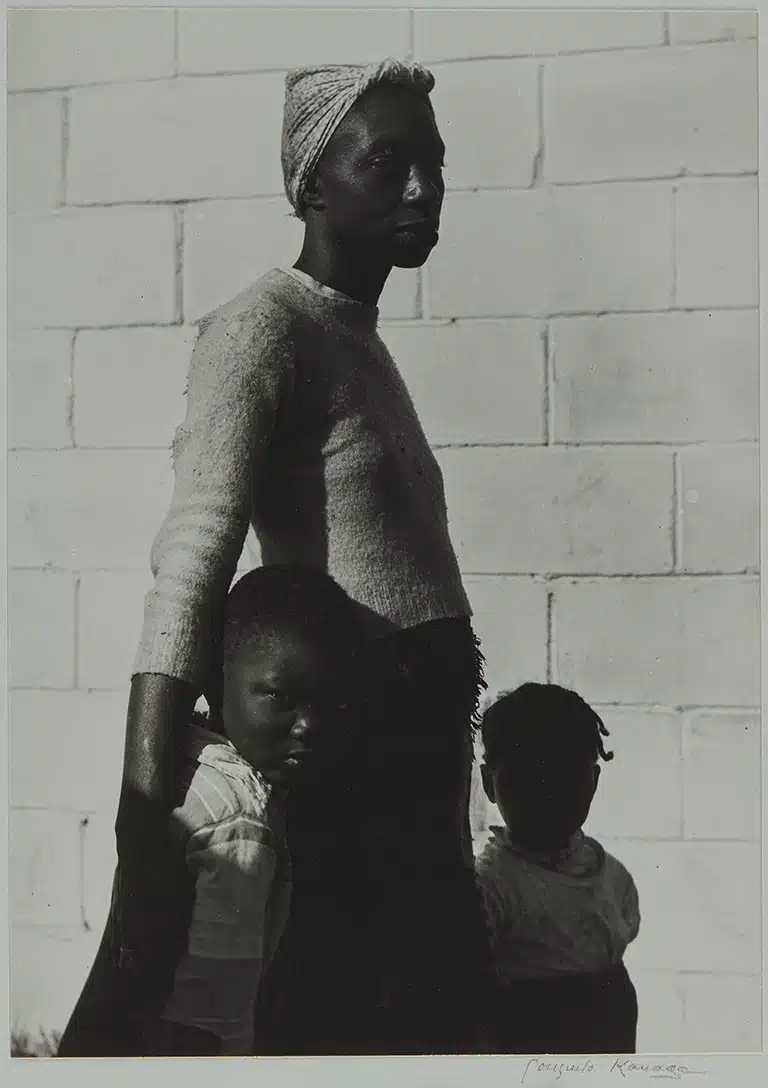
Consuelo Kanaga
She is a Tree of Life, 1950
Brooklyn Museum, gift of Wallace B. Putnam from the Estate of Consuelo Kanaga, 82.65.2250
© Brooklyn Museum
Consuelo Kanaga. Catch the Spirit
– 03
Brooklyn Museum of Art (New York, USA)
Modernity. Social justice. Unconventional.
This exhibition covers the six decades of work by Consuelo Kanaga (1894-1978), a key figure in the history of modern photography, both for her contribution to women being recognized in this field and for her images that confront the viewer with some of the major social issues of the 20th century.
The life and photography of this American photographer reflected her concern for social justice. She was truly interested in people and their problems: social marginalization, poverty, racial harassment, and inequality, especially in relation to the African American population in the United States.
An unconventional figure deeply committed to social justice, Consuelo Kanaga was ahead of her time. She worked as a photojournalist and was one of the few women to maintain close ties with the American avant-garde circles in San Francisco and New York.
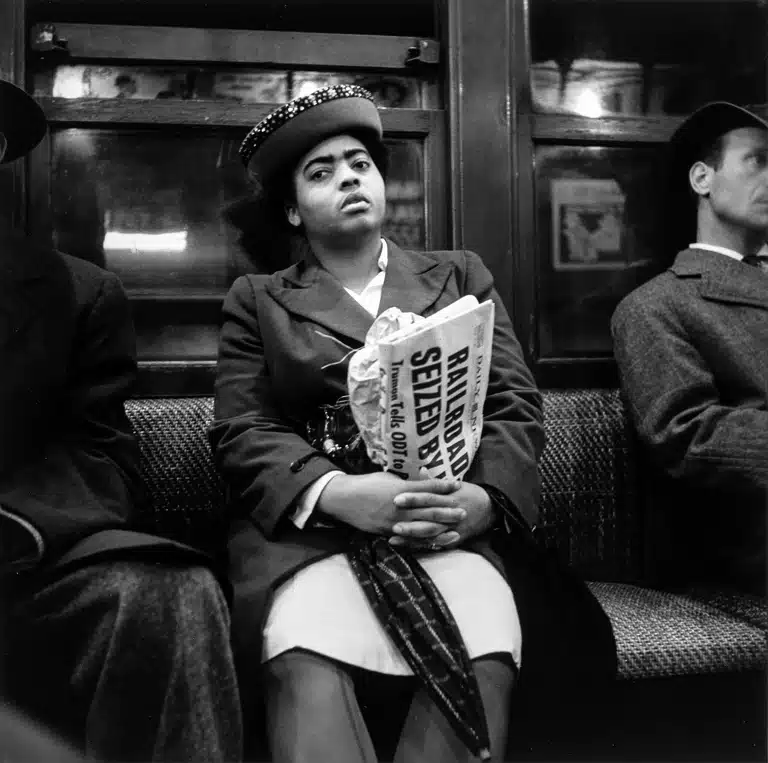
Louis Stettner
Woman Holding Newspaper, New York , 1946
Courtesy of the Louis Stettner Archive, Paris
© Louis Stettner Estate
Louis Stettner
– 08
Antiguo Instituto Jovellanos (Gijón, Asturias)
Poetry. Street photography. Lyrical humanism.
Louis Stettner (New York, 1922-Paris, 2016) trained at the New York Photo League school, where he studied under Sid Grossman and coincided with Weegee, who would become a great friend of his. In Paris he met Brassaï, who became his mentor. However, despite being fully immersed in the debate on historical photography for a good part of the last century, his work was not given the recognition it deserved at the time, perhaps because it did not adhere to a specific style.
Straddling New York and Paris, Stettner was rooted in two worlds at a time when most photographers could only relate to one. In this sense, his work contains aesthetic elements of both New York street photography, with its bustling subway scenes, and the lyrical humanism of the French tradition, with the mountainous landscapes of the Alpilles in France.
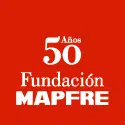

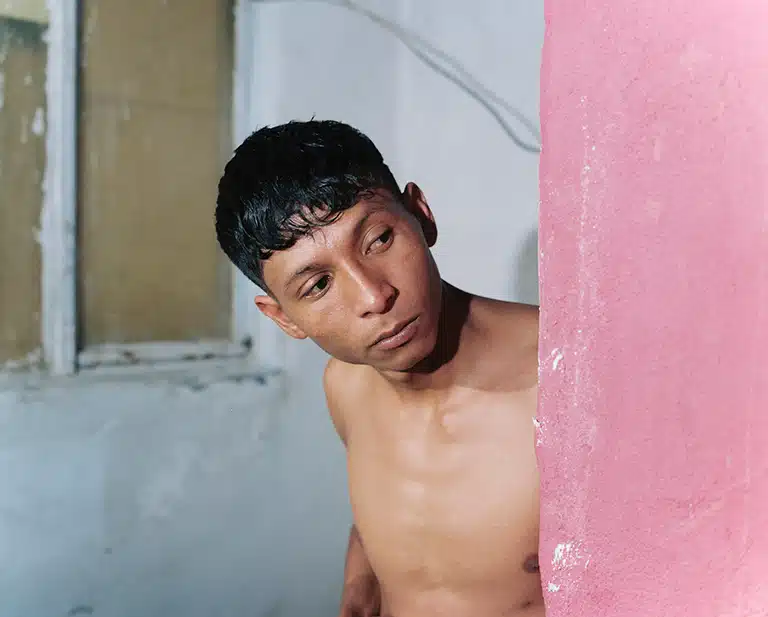
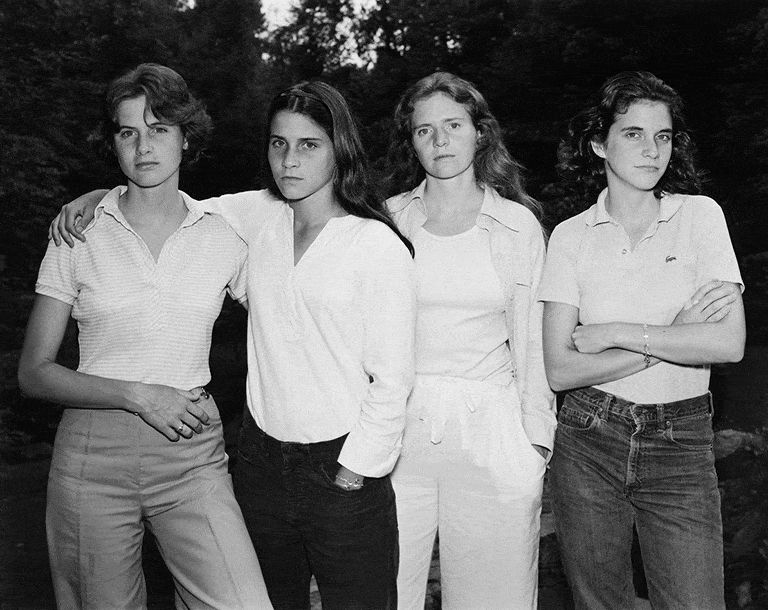
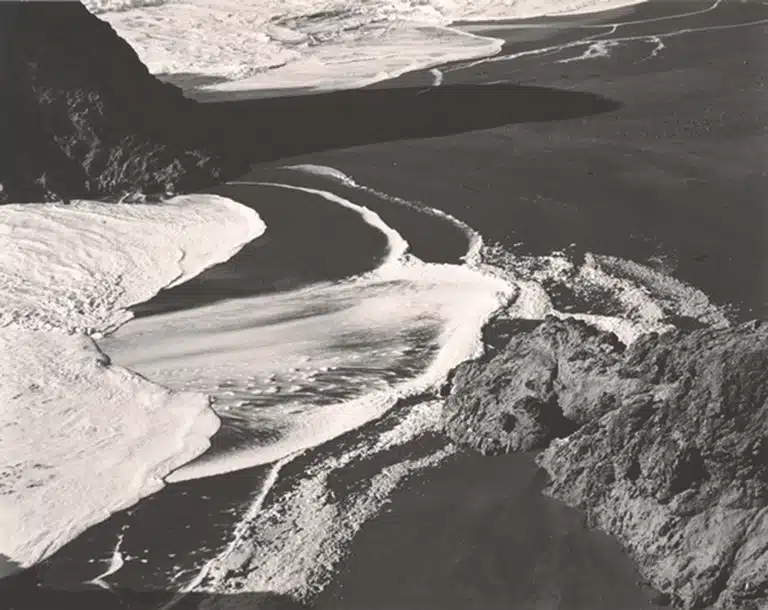
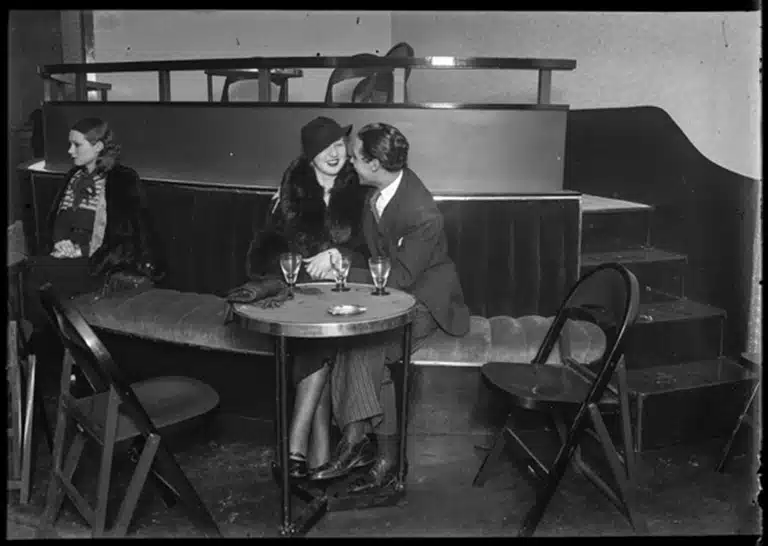















![🔎 Georges d’Espagnat (Melun, 1870-París, 1950) fue pintor, ilustrador y escenógrafo. Tras cursar el bachillerato se instaló en París para formarse como pintor. Sin embargo, pronto abandonaría la formación académica y se convertiría en un artista autodidacta. Pasaría entonces mucho tiempo en el Louvre, donde estudió sobre todo a Peter Paul Rubens y Eugène Delacroix. 🎨 Sus primeras exposiciones tuvieron lugar en la galería Le Barc de Boutteville hasta que, en 1898, tras conocer a Paul Durand-Ruel, comenzó a presentar sus obras en la galería de este. Viajó por Italia, Portugal, Sicilia y Marruecos y visitó con frecuencia a Auguste Renoir en la Costa Azul. Al tiempo que experimentaba con la iluminación y el color extremos en sus paisajes, Georges d’Espagnat no abandonó su gusto por las escenas intimistas de carácter decorativo que traslucen una serenidad que nos remite a muchas de las obras que pintó su admirado Renoir. 📌 Recuerda que puedes disfrutar de esta obra como parte de la exposición ‘Paul Durand-Ruel y los últimos destellos del impresionismo’, en nuestras Salas Recoletos de Madrid, hasta el 5 de enero de 2025 🗓️ #DurandRuelFM
#DurandRuelEnDetalle Georges d'Espagnat
Les guides [Las riendas], c. 1899 (Detalle)
Óleo sobre lienzo
Colección particular
Photo Archives Durand-Ruel © Durand-Ruel & Cie.
© Georges D' Espagnat, VEGAP, Madrid, 2024](https://scontent-lhr8-2.cdninstagram.com/v/t51.29350-15/466681468_538004145672216_3683913526770464946_n.jpg?_nc_cat=101&ccb=1-7&_nc_sid=18de74&_nc_ohc=OWZjhWomLJIQ7kNvgEpKEj3&_nc_zt=23&_nc_ht=scontent-lhr8-2.cdninstagram.com&edm=ANo9K5cEAAAA&_nc_gid=A7bKlR0XPIOFbThnTVJh2V7&oh=00_AYC4NU3PXWNbz_9lt8oE2JGZxzoczakhLA7hVtx6ZfojDQ&oe=67563A90)







